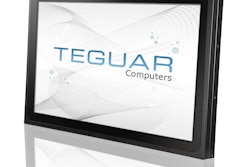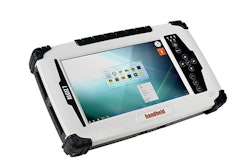Have you heard about the open-source revolution? Like 3D printing, it only recently made its way into the mainstream, but like the additive manufacturing machines, it has been around for a while.
Open-source technology (hardware, firmware, software) has been the spur of the maker movement and continues to drive the cogs of at-home manufacturing. Many industry experts might relegate information like this to the “con” column of industry analysis, but something larger is happening with this technology.
Makers and entrepreneurs are beginning to not only create products at home, but also develop better, leaner designs and production processes. Customers who need small, cheap plastic components may wane or disappear, because they can create the components at home for a slightly elevated cost (potentially cheaper than overnight shipping) – this is advantageous for manufacturers and those in the industrial marketplace. The advantage comes in what these tinkerers need to supplement their design and at-home-manufacturing process. Just because they manufacture at home, doesn’t mean they no longer need manufactured goods.
Enter the open-source movement. As everything is more readily available via the internet (even instantly available), the compulsion toward paying for items placed in the ether has diminished, as has the consumer-perceived value of these products.
Read: Could Open Source Be An Engine For The Internet Of Things?
Open-source means that a program, firmware, or hardware is free to the public, with the encouragement to improve the product, so long as they don’t sell the improved/updated version and continue the openness. While this seems counter-intuitive to making money, many companies have found success in the model – I would argue that manufacturers could see a new market open up from business models like this.
Rather than trying to crack down on rampant digital technologies piracy, many successful companies have turned to this open-source model. Android is the perfect example of open-source making profitable waves in the marketplace – the software is open, but it leads to other components from which its creators can greatly profit.
Now, open-source hardware is emerging in the maker space and 3D printing markets. For instance, LulzBot provides the design specs and component resources for its 3D printer. Granted, most consumers just buy the printer and are happy with that, but this gives options to those tinkerers. Those options for tinkerers provides a new market for manufacturing to take hold. Profiting from open-source is more challenging with physical objects, as there are materials and other costs that don’t exist with software, but the passing of design files, assembly techniques, and schematics equates to open-source hardware.
Even if 3D printers manage to completely remove mass-scale manufacturing from the picture (which they won’t), these open-source initiatives give sourcing a new avenue. Manufacturers and distributors will eventually be focused on making components to keep individuals buying, rather than retailers. It really is the next step in digital commerce.
Do you think that open-source hardware and software will usher in the next era of manufacturing, or is it just a gimmicky way for companies to sell their peripheral goods? Comment below or email [email protected].






















